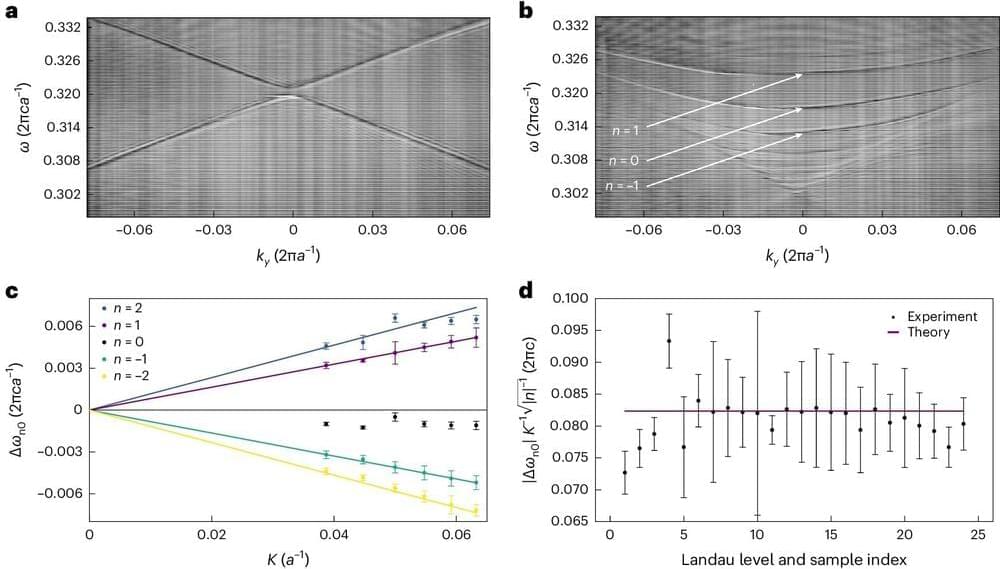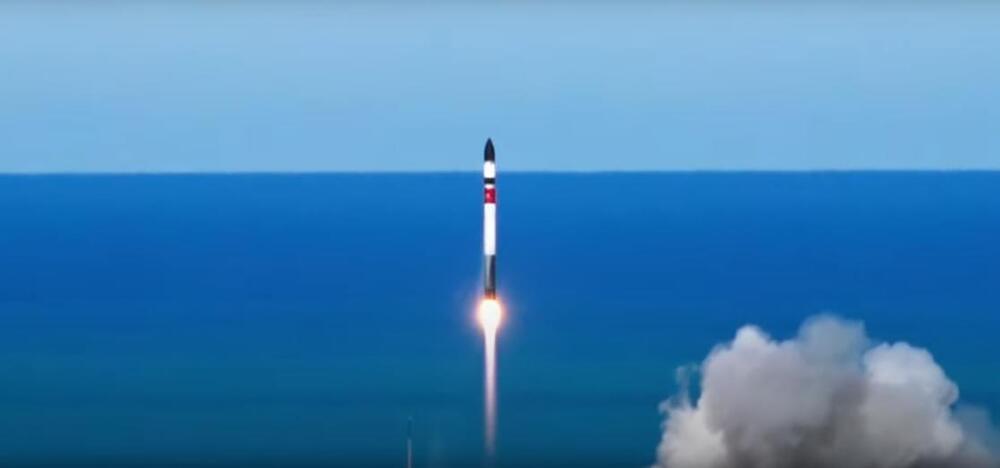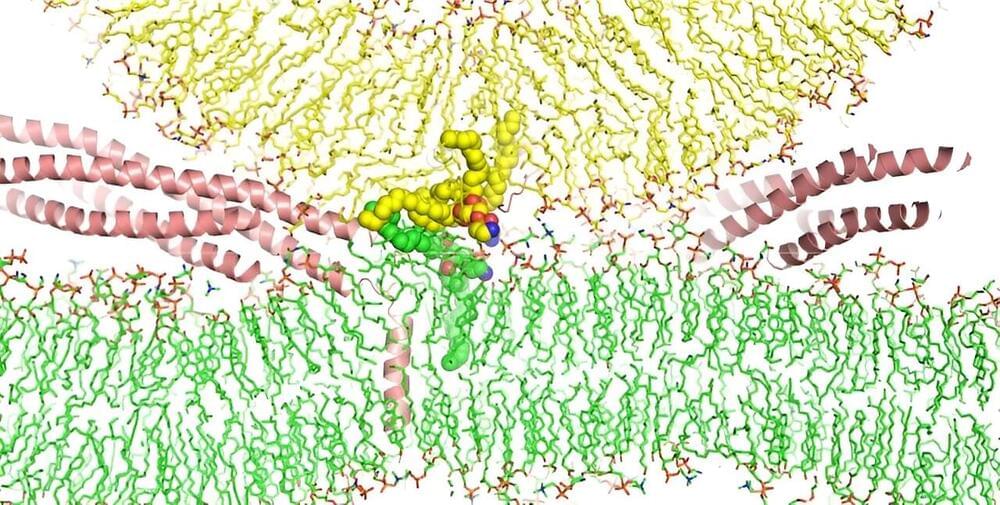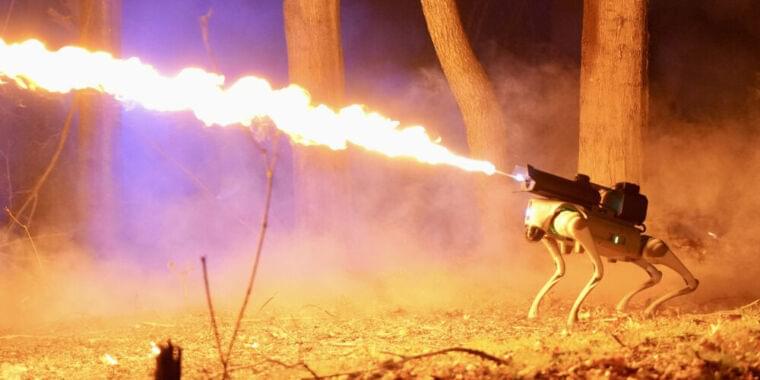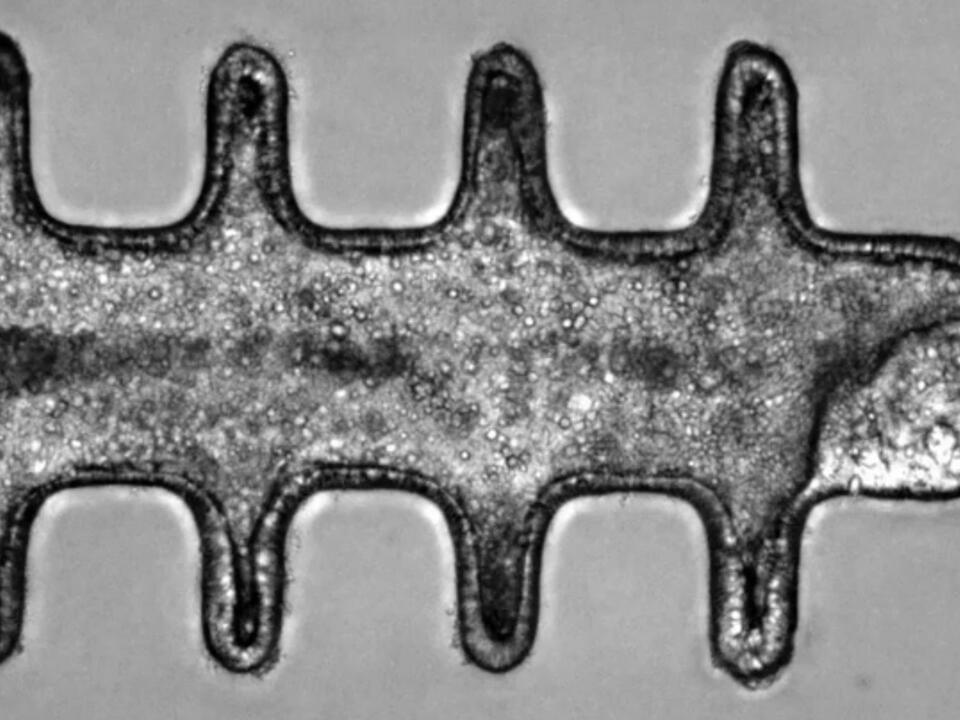Apr 24, 2024
UnitedHealth says Change hackers stole health data on ‘substantial proportion of people in America’
Posted by Genevieve Klien in categories: biotech/medical, health
The gang, which calls itself RansomHub, published several files on its dark web leak site containing personal information about patients across an array of documents, some of which included internal files related to Change Healthcare. RansomHub said it would sell the stolen data unless Change Healthcare paid a ransom.
In a statement provided to TechCrunch, UnitedHealth spokesperson Tyler Mason confirmed the company paid the cybercriminals. “A ransom was paid as part of the company’s commitment to do all it could to protect patient data from disclosure.” The company would not confirm the amount it paid.
RansomHub is the second gang to demand a ransom from Change Healthcare. The health tech giant reportedly paid $22 million to a Russia-based criminal gang called ALPHV in March, which then disappeared, stiffing the affiliate that carried out the data theft out of their portion of the ransom.


